Farewell to FARA: US Army’s reconnaissance helicopter program falls victim to the war in Ukraine
The U.S. Army cancelled its FARA program, which was intended to develop a new manned reconnaissance and attack aircraft, basing its decision on lessons learned from the war in Ukraine.
With the Future Attack and Reconnaissance Aircraft (FARA) program, the US. Army sought to develop a new generation armed reconnaissance aircraft to replace the Bell OH-58 Kiowa (already decommissioned), but after having invested close to 2 billion dollars and with the prototypes of the two finalists (Bell and Sikorsky) almost completed, it was surprisingly cancelled.
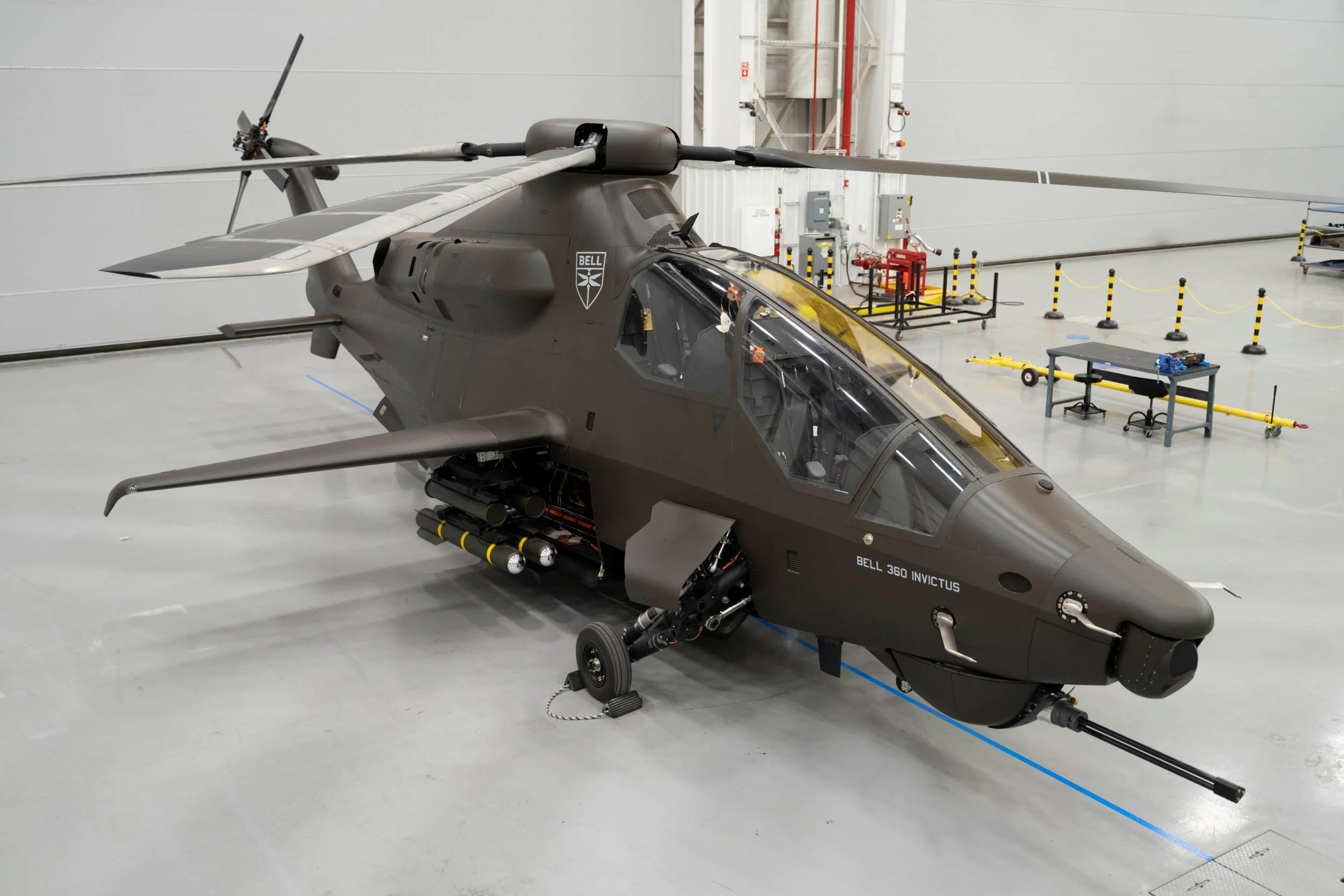
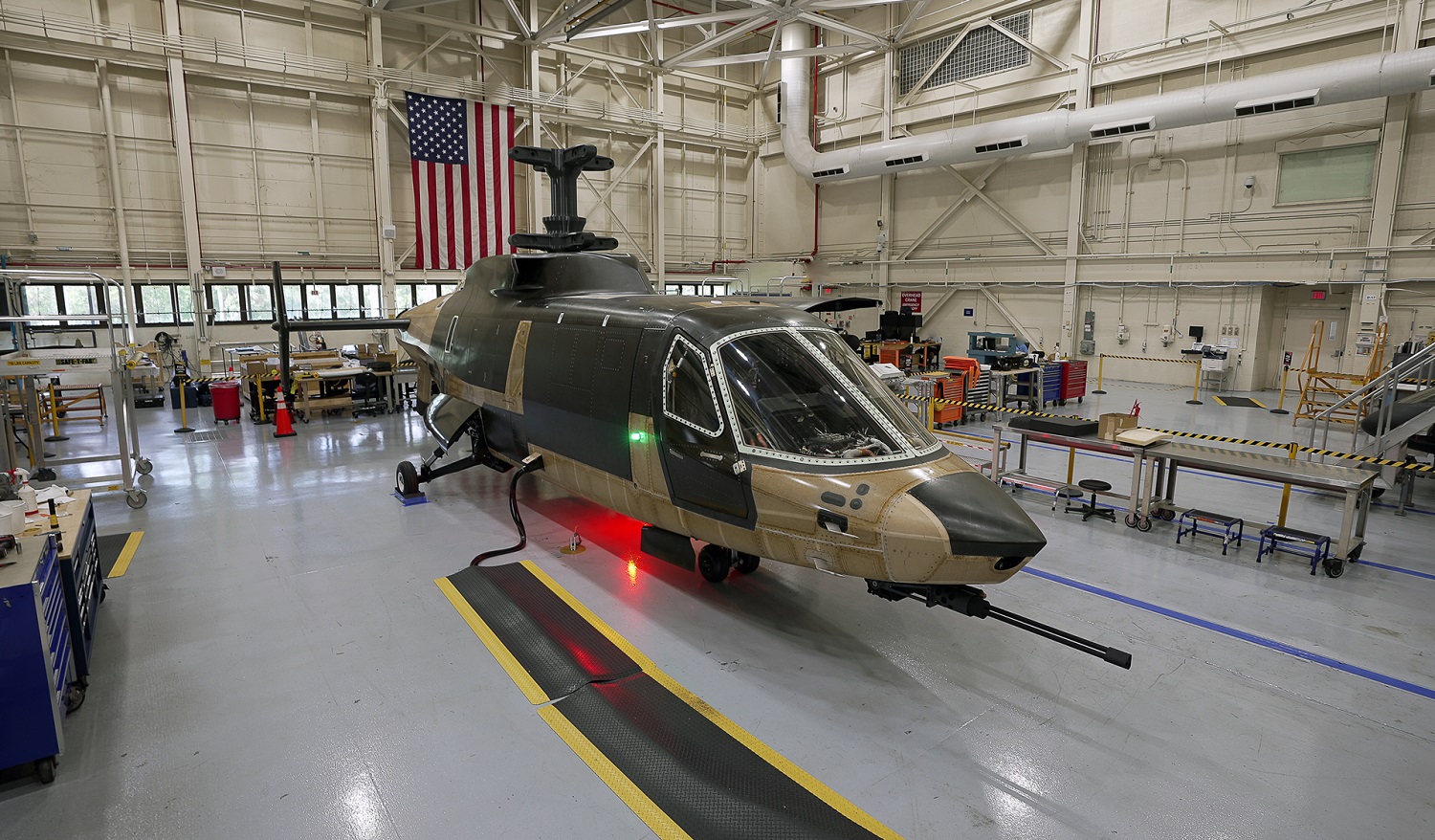
Future Vertical Lift
FARA was part of a larger program to develop the next generation of aircraft (not necessarily helicopters) of vertical takeoff and landing, which was to succeed the OH-58 Kiowa, UH-60 Black Hawk and AH-64 Apache models, called Future Vertical Lift (or FVL). The other part of the FVL, the Future Long-Range Assault Aircraft (FLRAA) program to replace the Black Hawks, continues, having been won by the Bell V-280 Valor (a decision challenged long ago by Sikorsky and Boeing).
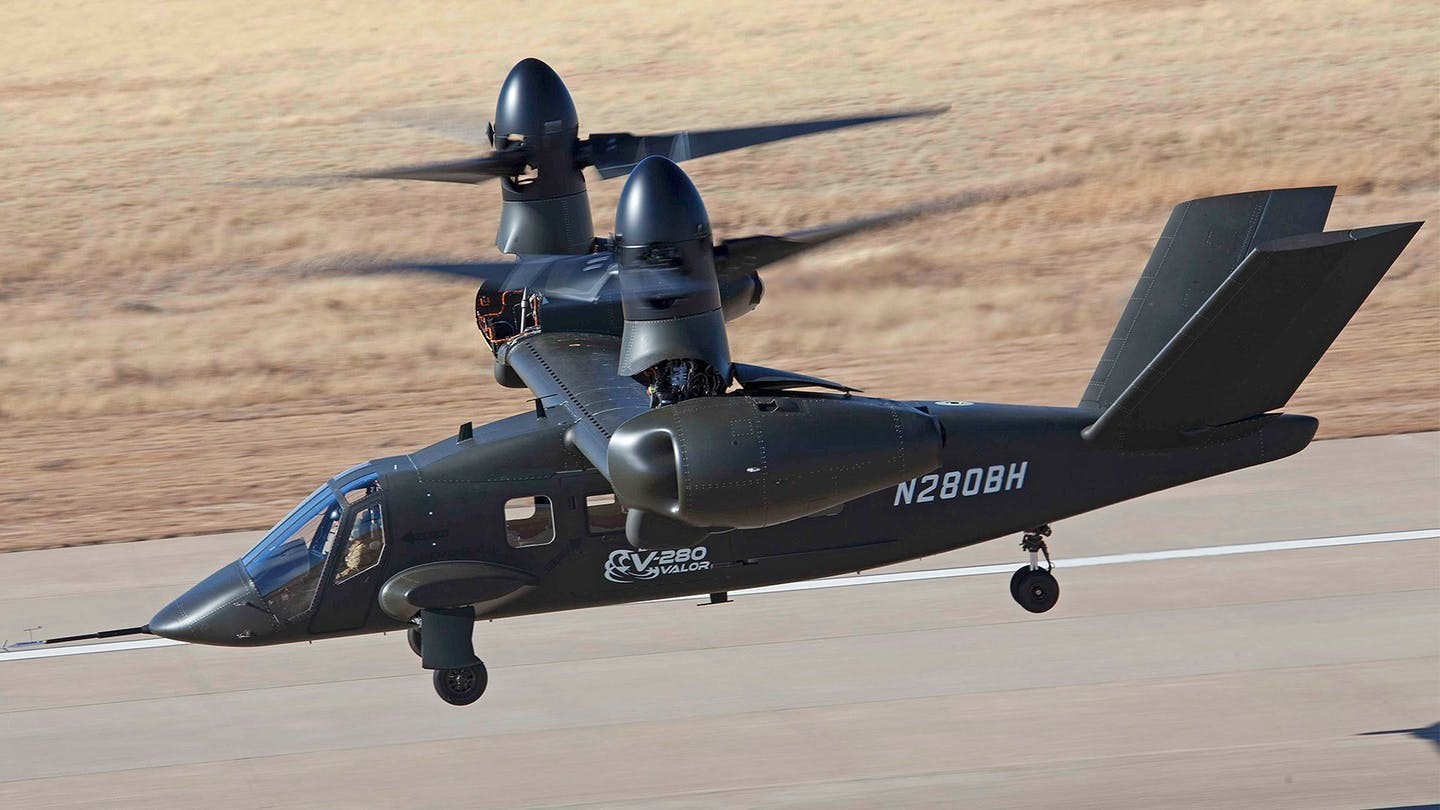
The FVL requirements stipulated that the aircraft should share as much equipment in common (engines, sensors, countermeasures, avionics, software, etc.), and should be faster and have greater range than the current generation of helicopters they were to replace.
Speed = survival?
Part of the argument in favor of higher speed is that it would help (along with other technological elements and new tactics) to increase the aircraft’s chances of survival by reducing the reaction time the enemy would have to establish an effective anti-aircraft defense. Greater speed would also, theoretically, allow to get out of the lethal range of shoulder-fired guns and missiles, or MANPADS.
The idea that higher speed has a favorable effect on the chances of survival resonates with an argument put forward by tank manufacturers in the 1960s and 1970s.
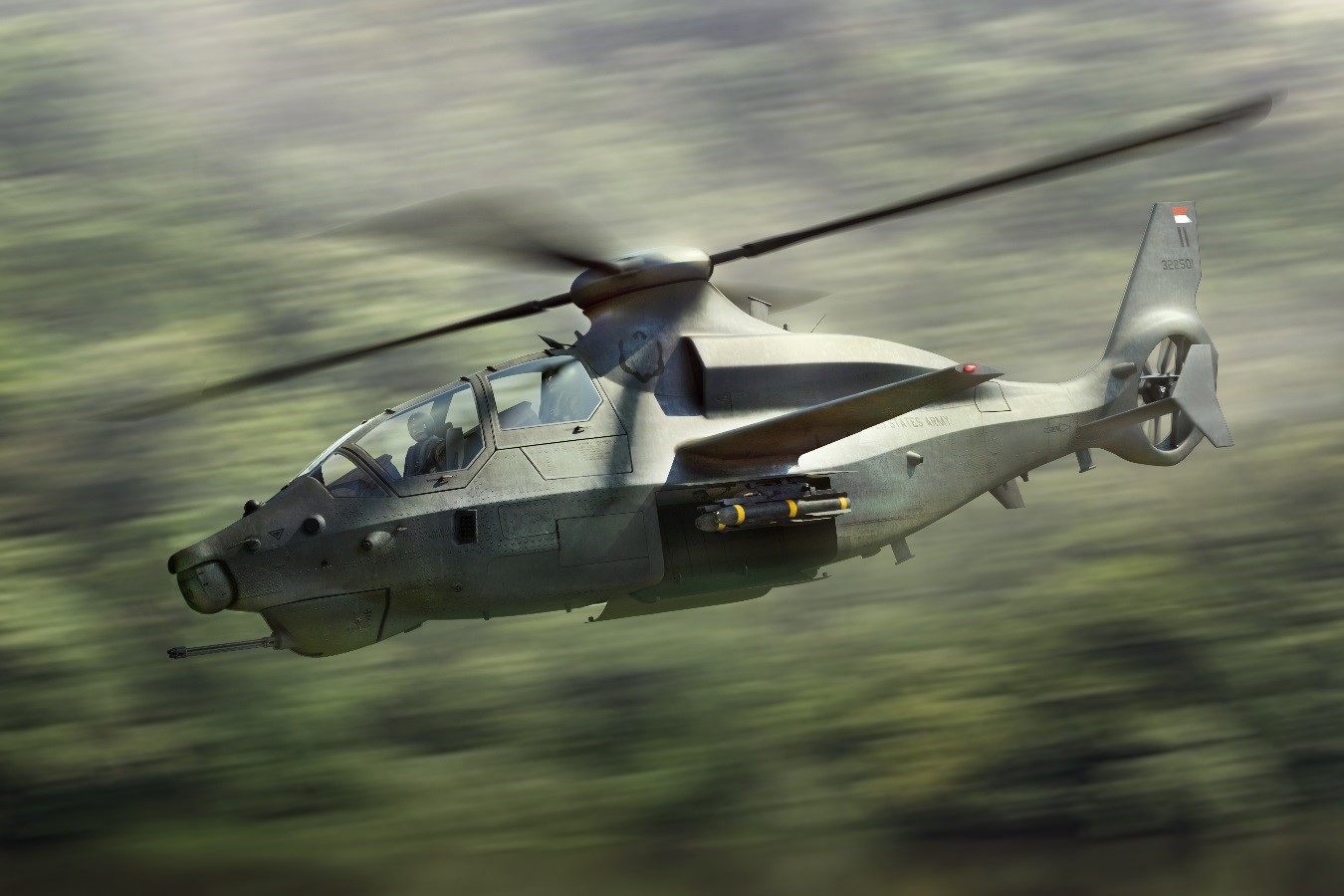
Since World War II, the lethality of guns was on the rise, leading to an increase in the thickness of tank armor to cope with it. Logic indicated that if this war between «the arrow and the shield» continued its linear progression, tanks would end up being too heavy and expensive to operate and deploy. The response given by some armor manufacturers was to design tanks that were faster and offered a lower profile in order to dodge the worst of the enemy fire. However, the development of much more capable targeting systems and the appearance of improved ammunition more than compensated for the increased speed of the armor of the era, and the industry refocused on the development of thicker and more advanced armor, and tanks continued to gain weight over the years.
Russian helicopters’ ordeal in Ukraine
A similar conclusion seems to have been reached by the US Army regarding the survivability of future manned reconnaissance aircraft in a high-intensity war scenario such as Ukraine, having witnessed (and contributed to) the bloodletting of Russian helicopters in the Ukrainian war.
As stated in the release the US. Army, the decision to redirect its aviation investment policy (such as the cancellation of the FARA), are based on «lessons learned and a sober assessment of the modern battlefield.»
Data obtained from the Oryx site, recognized as a highly reliable source for documenting the losses of Russian and Ukrainian military equipment during the conflict, shows 135 Russian helicopters lost so far in the war (104 destroyed, 29 damaged and 2 captured). Of these, the Ka-52 Alligator has borne the brunt, with 60 confirmed casualties.
????️ #journalitearchive
????????⚔️???????? The serie of epic videos from Ukraine-Russia War.
???? Russian Mi-28 attack helicopter has been shot down by Ukrainian Stinger MANPADS fire, possibly in Zaporizhia, first weeks of the war.
Many Russian helicopters downed by MANPADS fire in Ukraine… pic.twitter.com/n1cbwnCMuS
— Journalite (@journaIite) January 31, 2024
The surprising punishment suffered by the Ka-52 fleet -being one of the most advanced, fastest and best protected combat helicopters in the world-, particularly during the first part of the conflict, when Ukraine had mainly MANPADS systems inherited from the Cold War (Strela, Igla, Stinger); evidences that the survival possibilities for this type of vehicles in the current battlefield were much worse than theorized, and a change of paradigm becomes necessary.
Drones take over the battlefield
Unable to put up a fight on equal terms, the Ukrainian Armed Forces resorted to the intensive and widespread use of unmanned vehicles of all kinds to conduct a sort of «asymmetric warfare» against the far superior Russian military capabilities, with great success.
WW1-style duel. Ukrainan Mavic-drone, which we have delivered to one of the airborne units in Donetsk region, destroyes russian opponent. Amazing!
Pls support our Armed Forces: https://t.co/nw19NpRIN6 pic.twitter.com/2vaCBQINQK— Serhiy Prytula (@serhiyprytula) October 13, 2022
Kiev deploys hundreds of drones daily to cover a wide variety of missions on the front line, such as reconnaissance, intelligence, surveillance and target location, as well as attack and destruction of armor, artillery pieces, ammunition/fuel depots or targeting soldiers (in groups or individually). Functions that were historically assigned to reconnaissance and attack helicopters, and for which the FARA was originally intended. But the US Army took note of the Ukrainian and Russian experiences.
See also: Unmanned Systems Force: Zelenskiy gave life to a new branch of the Armed Forces
“We are learning from the battlefield—especially in Ukraine—that aerial reconnaissance has fundamentally changed,” said the Chief of Staff of the Army, General Randy George. “Sensors and weapons mounted on a variety of unmanned systems and in space are more ubiquitous, further reaching, and more inexpensive than ever before».
Lessons that raise doubts
The Armed Forces of the world’s major powers are following the Russian-Ukrainian war with great attention, trying to draw valuable lessons from the experiences of both contenders. The preeminence of drones in all types of operations and the serious losses of Russian aircraft are taken as powerful indicators that, perhaps, the era of the reconnaissance and attack helicopter has come to an end.
The Japanese Ministry of Defense was probably the first to publicly admit that, as a result of the lessons of Ukraine, it was considering decommissioning its AH-64D Apache, AH-1S Cobra (attack/armored fighter) and Kawasaki OH-1 [armed reconnaissance] helicopters to replace them with tactical drones and loitering munitions.
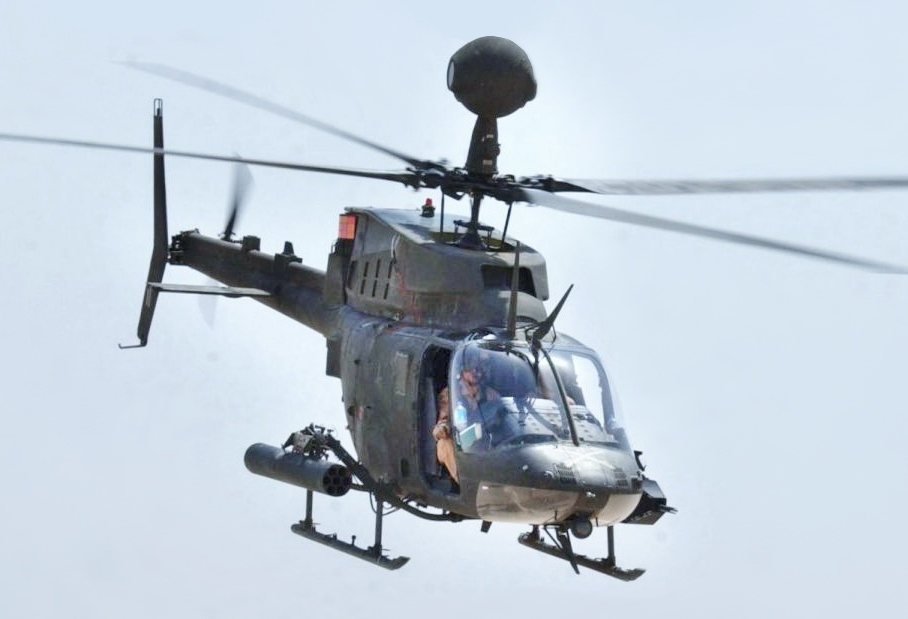
France will not go ahead with the deep modernization of its Tiger helicopter fleet (to Mk3 standard), and Germany directly decided to decommission them and replace them with the smaller and cheaper Airbus H145M.
The US Army seems to share these concerns about the possibilities of manned aircrafts in modern warfare scenarios (always thinking of China and the Pacific theater of operations), and taking into account the proven effectiveness of drones, not only closed the FARA program, but will invest these resources in developing «cutting-edge, effective, capable and survivable unmanned aerial reconnaissance capabilities and the procurement of commercial small unmanned system», in order to «stay ahead of emerging battlefield requirements».

Reviewing the FARA program in light of new technological advances, battlefield developments and current budget projections, U.S. Army commanders felt that the increased capabilities it offered could be achieved more affordably and effectively by relying on a combination of unmanned (drones) and space-based (satellites) assets.
The war in Ukraine seems to have produced an unintended casualty, knocking down the confidence that manned combat helicopters would remain as one of the most lethal threats on the battlefield of the future.

/https://aviacionlinecdn.eleco.com.ar/media/2024/02/Raider-X-FARA.jpg)
Para comentar, debés estar registradoPor favor, iniciá sesión